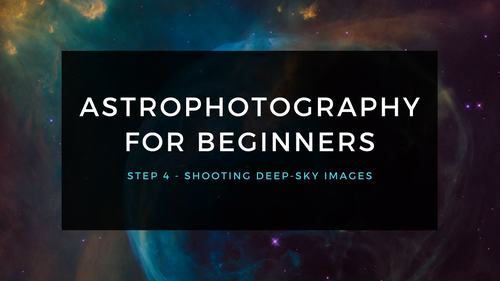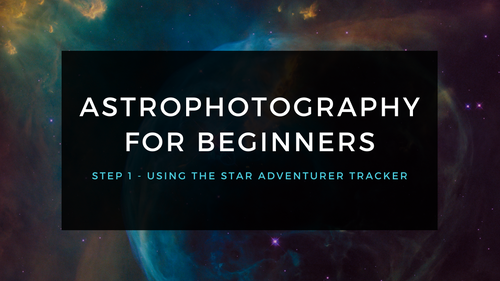ZWO M54 Sensor Tilt Plate for 2600MC/MM & ASI6200MM/MC Pro Cameras (ZWO-M54-TILTER)
ZWO M54-Tilter




ZWO M54 Sensor Tilt Plate for 2600MC/MM & ASI6200MM/MC Pro Cameras (ZWO-M54-TILTER)
ZWO M54-Tilter
Why Purchase from All-Star Telescope?
Free Expert Support
Whether you are a first timer needing help with setting up or an enthusiast that can't quite make that one thing work, our expert staff are ready to support your needs. With decades of knowledge and first hand experience we've been there and we can help you through it!
Stress Free, Secure Transactions
You can trust purchasing and delivery with All-Star Telescope. All of our transactions are 100% secure and Level 1 PCI DSS compliant thanks to Shopify's ShopPay platform. For additional protection, we insure 100% of the value of every shipment we make. If it get's lost during shipment, we replace it. If it gets damaged during shipment, we replace it. We make sure your product arrives exactly as you would expect it to; we promise.
We also ensure privacy protection. We never keep any of your credit card information on file and any of your personal data is stored according to our policies.
30 Day Return Policy
Buy with confidence knowing that we accept returns up to 30 days after purchase. We want you to have something you will actually use and we are confident that we keep good quality products in our store with No Junk.
Price Match Promise
Shipping around for the best price is tough, we make it easier by offering the best pricing in the market. But if you find a better price on an in-store item somewhere else we will match it!
Product Description
The M54 tilter is making sensor tilt adjustment much easier than before by allowing you to do the adjustment on the rear end of the camera. You now can make some adjustments during imaging, instead of taking the camera off from the telescope.
Compatible Cameras: ASI2600MC Duo, ASI2600MM/MC Pro, ASI6200MM/MC Pro, ASI2400MC Pro.
It also fits 7x50mm EFW.
* Notice: The M54-tilter can not be fitted next to the OAG-L (in the direction of telescope->M54-tilter->OAG-L), please pay attention to the 55mm-back-focus solution when using.
How to Install the M54 Tilter?
- Use a hex wrench to take off the three M3 cylindrical screws on the adapter.

- Disassemble the sensor tilt plate from the DSO camera.
- Place the base of the M54-Tilter onto the cooled camera. Fix them with six 5*6 Phillips flat-head screws.
- Then place the top cover of the M54 tilter onto the camera. Turn over them and fix the base and top cover with three M3 screws. Please do align the screws to the M3 screw holes (as shown in the mechanical drawing below). The angle between each two M3 screws should be 120°.



What's in the Box
Specifications

Additional Articles, Videos, and Links

Astrophotography for Beginners Step 4: Shooting Deep-Sky Images
Taking deep sky pictures can be daunting, luckily there is an easy process to follow to allow you to get great shots! Here is the typical process for actually taking deep-sky images in the field.

Astrophotography for Beginners Step 3: Choosing Gear for Deep-Sky Imaging
Using a star tracker gains you experience with the fundamentals of deep-sky imaging. Shooting the Moon gains you experience focusing and framing through your telescope. Through your sessions you’ll...

Astrophotography for Beginners - Start Here: Getting into Astrophotography Step by Step
Shooting the night sky has never been more popular, nor easier. The choice of equipment has also never been better, or more affordable. However, as per the advice given by Dickinson and Dyer in the...

Astrophotography for Beginners Step 1: Using the Star Adventurer Tracker
By far the most economical and easiest way to capture beautiful images of the Milky Way and large deep-sky objects like the Andromeda Galaxy (shown here) is to use a star tracker. Here are steps an...

Astrophotography for Beginners Step 2: How to Shoot the Moon
Close-ups of the Moon are rewarding, and an easy way to learn to shoot through your telescope. While good results are possible with a phone camera clamped to an eyepiece (as shown below), this tuto...

